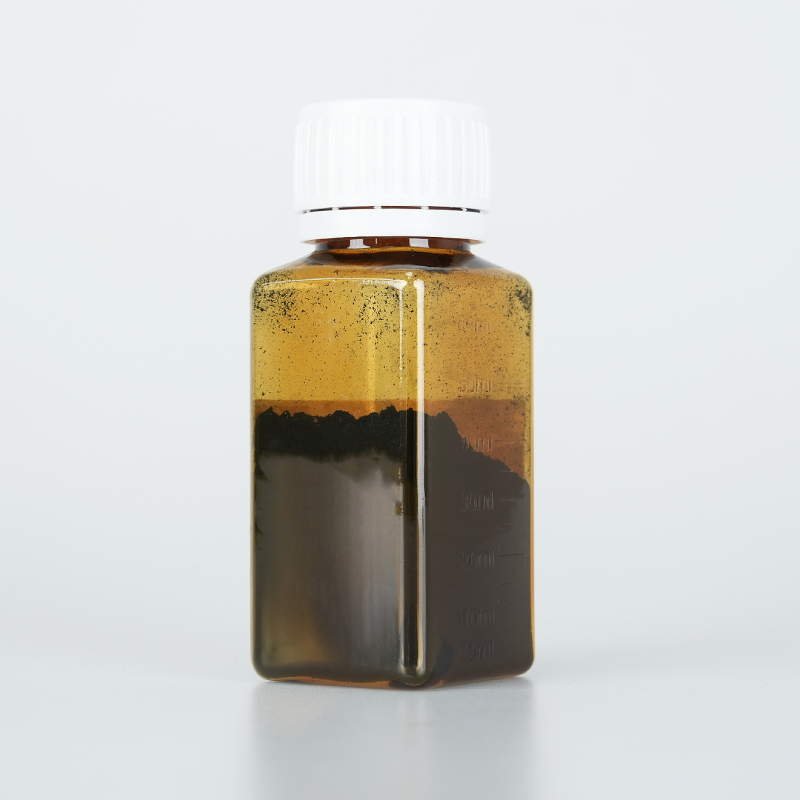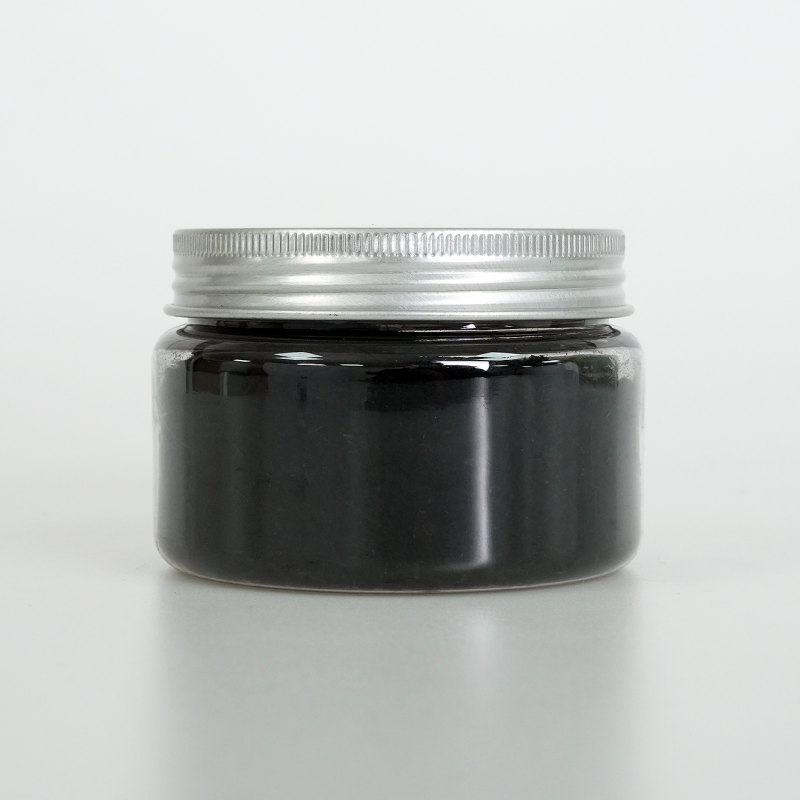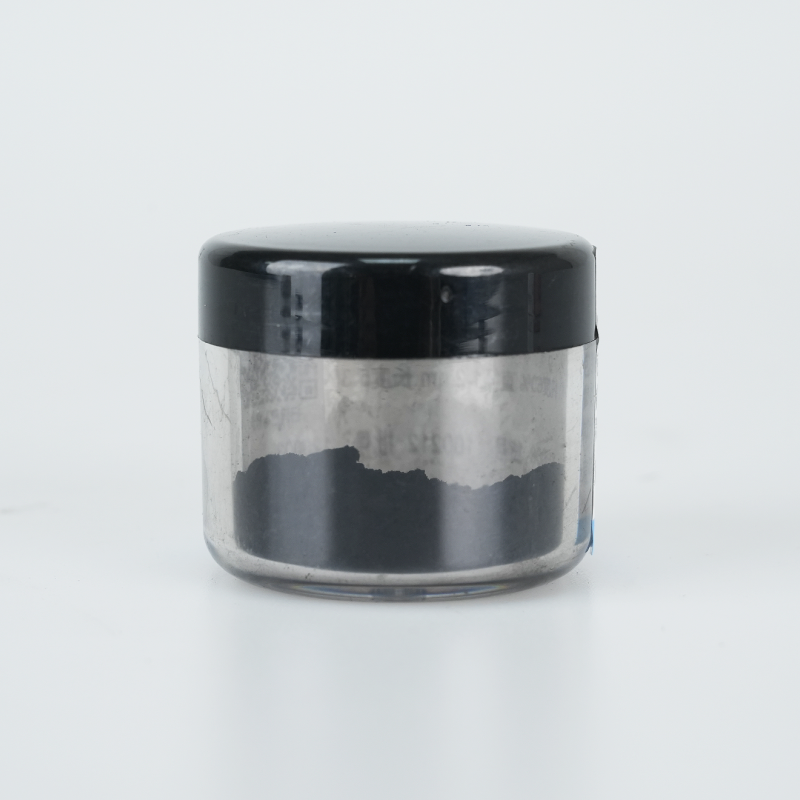Aminated iron oxide magnetic nanoparticles provide optimized surface reactivity, superior dispersion stability, and enhanced biofunctional properties. Designed for advanced applications, they ensure efficient conjugation, extended durability, and high-performance adaptability.
Product Overview
Aminated iron oxide (Fe₂O₃) magnetic nanoparticles are prepared by modifying Fe₂O₃ cores with APTS (3-Aminopropyltriethoxysilane) to introduce amino (-NH₂) functional groups on the surface. This modification improves the nanoparticles' biocompatibility and reduces cellular toxicity. The amino functional groups allow for further chemical modifications and facilitate the conjugation of biological molecules such as drugs, proteins, and nucleic acids. Additionally, the aminated surface enables the nanoparticles to exhibit different surface charges under varying pH conditions, making them adaptable for diverse application environments.
Key Features
- Surface Functionalization: The APTS modification introduces amino groups, providing active sites for further chemical modifications and biological molecule conjugation.
- Improved Stability: The APTS modification enhances the dispersibility and stability of the nanoparticles in various media, preventing particle aggregation.
- Easy to Modify: Amino groups can participate in reactions with carboxylic acids, isocyanates, aldehydes, etc., increasing the chemical reactivity of the nanoparticles.
- Environmental Adaptability: The modification improves the nanoparticles' stability across different pH values and ionic strengths, making them suitable for a wide range of environments.
Applications
- Electrochemical Sensors: Utilized in the development of electrochemical sensors for detecting heavy metal ions such as cadmium (Cd²⁺) and lead (Pb²⁺).
- Environmental Monitoring: Applied in environmental samples, such as seawater, for the detection and analysis of heavy metal ions (e.g., Cd²⁺, Pb²⁺).
- Biomedical Applications: Due to the amino functional groups, these nanoparticles can be used for the immobilization and conjugation of biomolecules, with potential applications in biosensing and imaging.
- Catalysis: The APTS-modified surface may provide active sites for catalytic reactions, offering potential applications in catalysis.
| Technical Parameter | Description |
| Form | Brown-clear aqueous colloid |
| Particle Diameter | ~10 nm |
| Concentration | 4 mg/mL |
| Notes | Magnetic separation columns are required for separation. |
 new material
new material








